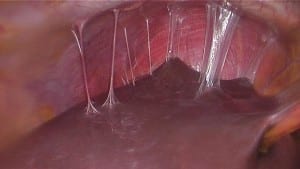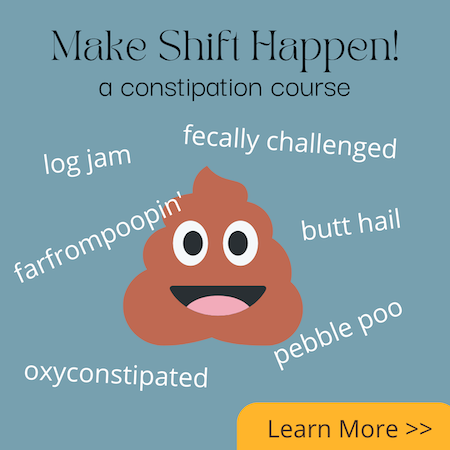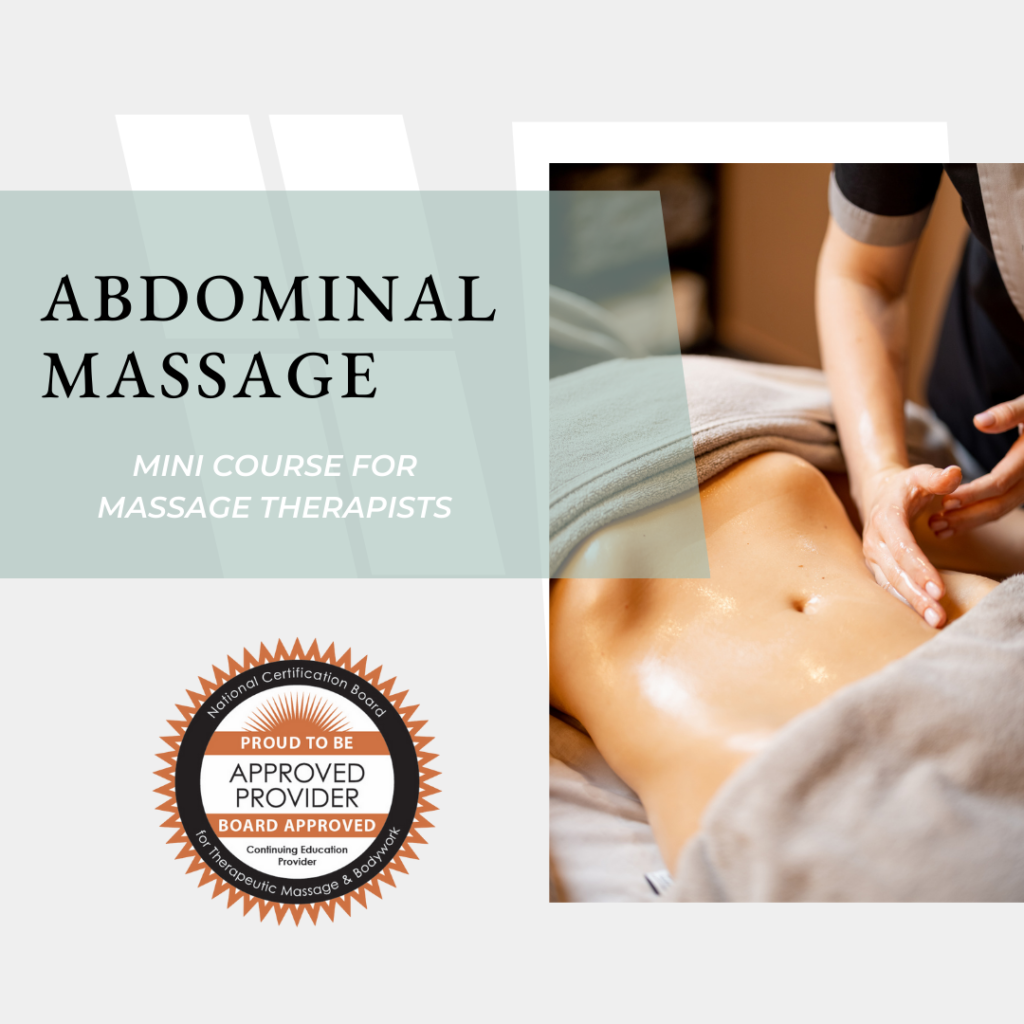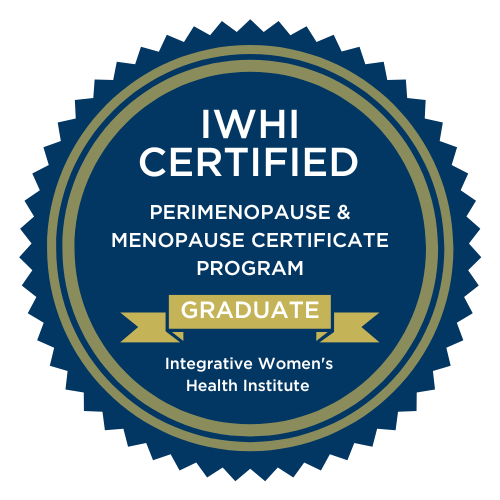Manual Therapy and Abdominal Adhesions
Abdominal Adhesions are fibrous bands that can form between abdominal tissues and internal organs due to abdominal or pelvic infections, surgery, or serious injury. Surgery being the biggest cause. In this article, when I say abdominal adhesions, I’m also referring to pelvic adhesions.

adhesions surrounding the liver
Internal organs have slippery surfaces that enable them to slide and glide against other organs and tissues. When adhesions are present the tissues no longer glide and the internal organ’s motility is inhibited, organ function is affected, pain may result and larger movements of the body may be inhibited.
How are abdominal adhesions diagnosed?
Unfortunately, most adhesions can’t be seen with imaging tests and are usually found during surgery. Although imaging is improving. This study is relevant to adhesions around the uterus and bladder after c-sections and may not apply to adhesions elsewhere. “With the improving resolution of ultrasound, ever smaller pathologic structures may be visualized, particularly if they are considered in the differential diagnosis.” (source)
It’s also not possible to diagnose abdominal or pelvic adhesions through palpation, but a trained manual therapist can feel restrictions. A restriction is when the organ loses its ability to partially or fully move which may or may not be due to adhesions.
Can abdominal adhesions be broken up with massage?
Some perhaps, but I wouldn’t recommend vigorously “breaking up” adhesions. When adhesions are torn, it creates wounding and more adhesions can form.
What can be done?
I take an indirect approach when working with restrictions to avoid further wounding. As a manual therapist trained in Visceral Manipulation™, I tune into the tissues to feel for restrictions, being as precise as possible, and then I work with the tissues gently to increase the natural motility and mobility of the organs and then I let the body do its thing. Your body knows what to do, I just give it a little nudge and then you self-correct for a couple of weeks and then reevaluate and nudge again if needed. What I mean by self-correct is that your body has built-in mechanisms to keep the organs moving. For instance, every time you breathe (if you aren’t just upper chest breathing) you massage the internal organs. That’s a gentle internal massage that happens about 30,000 times each day! Visit this page (click) to see a cool video of the interactions of the respiratory diaphragm and the internal organs.
Another example of the body’s intelligence is the natural innate motility which keeps tissues sliding, improves blood and oxygen delivery, and helps with lymph flow. Motility and mobility are required for optimal physiological function. Life requires movement, internally (on the cellular level and intrinsic visceral movement) as well as your whole body in relationship to your environment. Varied full-body movement is another way to decrease restrictions. Natural movement and proper breathing mechanics are built-in fascia release mechanisms.
I cover alignment, breathing mechanics, nutrition, and gentle abdominal massage in my Free The Belly course. This course is appropriate whether you have an abdominal scar or not.

Good to know
There are different degrees of adhesions and if you’ve ever seen someone break a thick adhesion with a scalpel or other means during a dissection, you will quickly realize there is no way adhesions of that severity could be broken up manually during an abdominal massage, or would it be advisable to try. Even if the adhesions can’t resolve (and there is no way to know for sure unless you did exploratory surgery before and after treatment), manual therapy should be helpful in reducing the symptoms of pain and in improving organ function.

Adhesions after appendectomy
Severe adhesions can be serious and may cause small bowel blockage. This would warrant a medical emergency and may require surgery or other medical intervention. Other symptoms of adhesions may be but are not limited to, fertility challenges, chronic pain, bloating, and constipation.
If you are experiencing severe symptoms like obstructed bowel, intense abdominal pain, or hard distended belly please see your doctor to rule out other serious conditions and get permission to receive Visceral Manipulation™ if it is indicated. Some Osteopaths also practice manual therapy.
If you do require surgery for (c-section, appendectomy, etc.) it may be appropriate and beneficial to receive Visceral Manipulation™ 6-8 weeks post-surgery or when you have been cleared by your physician.
You may find a practitioner who practices Visceral Manipulation™ in your area by visiting the Barral Institute website.
If you live in the Ludington, MI area and are interested in working one-to-one with me please visit my website at www.nurturance.net.
If you can’t find a practitioner near you, I offer an online course called Free The Belly, working with abdominal scars and restrictions.
View some pretty amazing images and learn more about abdominal adhesions in the article Notes on visceral adhesions as fascial pathology by Gil Hedley.
Other articles that may be of interest to you:
Rib flare and adhesions in the costodiaphragmatic recesses
Visceral Manipulation™ The Thorax








Hi Barbara,
Very curious of your thoughts on the WURN method. I’m just researching the possibility of a solution to some abdominal adhesions from a previous surgery which are likely the underlying cause of my SIBO. I stumbled across your site and found your search feature for a practitioner of visceral manipulation and learned it connected to the Barral Institute. I think I’m aware of the differences, but can you give me any insight to why you recommend one over the other, or if there are even more “methods” to consider?
Thank you so much. I found your article very enlightening in a sea of information.
Hi Tina. I don’t have direct experience with WURN, but I read on their website a while back that their approach is to tear apart adhesions, which as you read in my article is not the approach I take. Also, to receive the recommended 20 hours of WURN treatments would cost $6,000.
A practitioner of Visceral Manipulation™ doesn’t use a set protocol or a set number of treatments because everyone is uniquely different.The tissues guide the sessions.The other difference would be that Visceral Manipulation™ practitioners usually allow 2-3 weeks in between sessions to allow the body to respond and self-adjust to the treatments. I believe WURN does all 20 hours in five days (four hours a day). So there is a big difference there as well.
The only techniques I can comment on extensively are the ones I’ve been trained in or experienced first hand. I wrote about those here,https://alignmentmonkey.nurturance.net/2016/3-abdominal-therapies/
Hi Barbara,I had an appendectomy done a year and a half ago through laparoscopy surgery.I am now having a hard time conceiving.Mind you my previous two were not a problem.I have gone to an Ob doctor and he said he sees scar tissue in the area of the tubes and ovaries and not much mobility.I dont want surgery so I want to know how common this is and have you seen good results from visceral manipulation.I also have mild Crohns does this kind of therapy help it or can it hurt.
I would also like to know what the difference for my situation would help me better.Pelvic floor therapy or Visceral Manipulation.
Thank you in advance
Stephanie
Hi Stephanie, Adhesions are common with any surgery and can affect the structures near the surgery site. I would recommend seeing a practitioner who has been trained in Visceral Manipulation™ (VM) and has completed VM3 (the pelvis). VM should be helpful for someone who has Crohn’s, as long as they’re not having a flare-up.
Good blog Barbara! I am a licensed massage therapist for over 14 years. I have tried to massage old scarring on clients but I don’t believe they will disappear! What about old scarring from pregnancies or tummy tucks ? Is it possible a certain type of Massage can help? Thankyou! 😁
No, I don’t believe scars can disappear from massage either.
As far as old scars, I have experienced abdominal therapies help restore movement in the tissues beneath and around scars, reducing the tugging, pain, and other symptoms related to the scar.